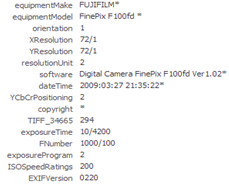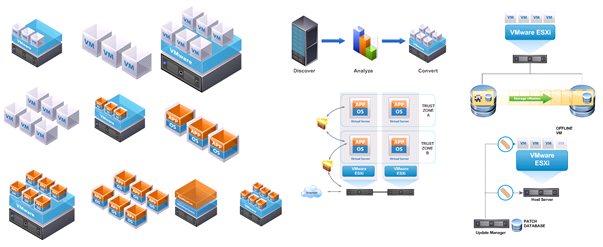Prerequisites: Oracle WebCenter Content, RIDC, JDeveloper, MVC, ADF, Java, XML, DOM
Oracle WebCenter Content (previous Oracle ECM) offers integrated content services, including document management, records management, imaging and digital assets management, etc.
My previous client wanted to get the image data information from content server (UCM) and utilize it on  customized portal. This has been implemented as an ADF taskflow and deployed as part of the ADF Library Jar in order to be reused in the customized portal environment.
customized portal. This has been implemented as an ADF taskflow and deployed as part of the ADF Library Jar in order to be reused in the customized portal environment.
Image data includes lots of raw information from an image file as illustrated at right. These information can be seen from the Web UI of content server. Now we need retrieve them from content server programmably.
Remote Intradoc Client (RIDC) provides a thin c...
Read More

